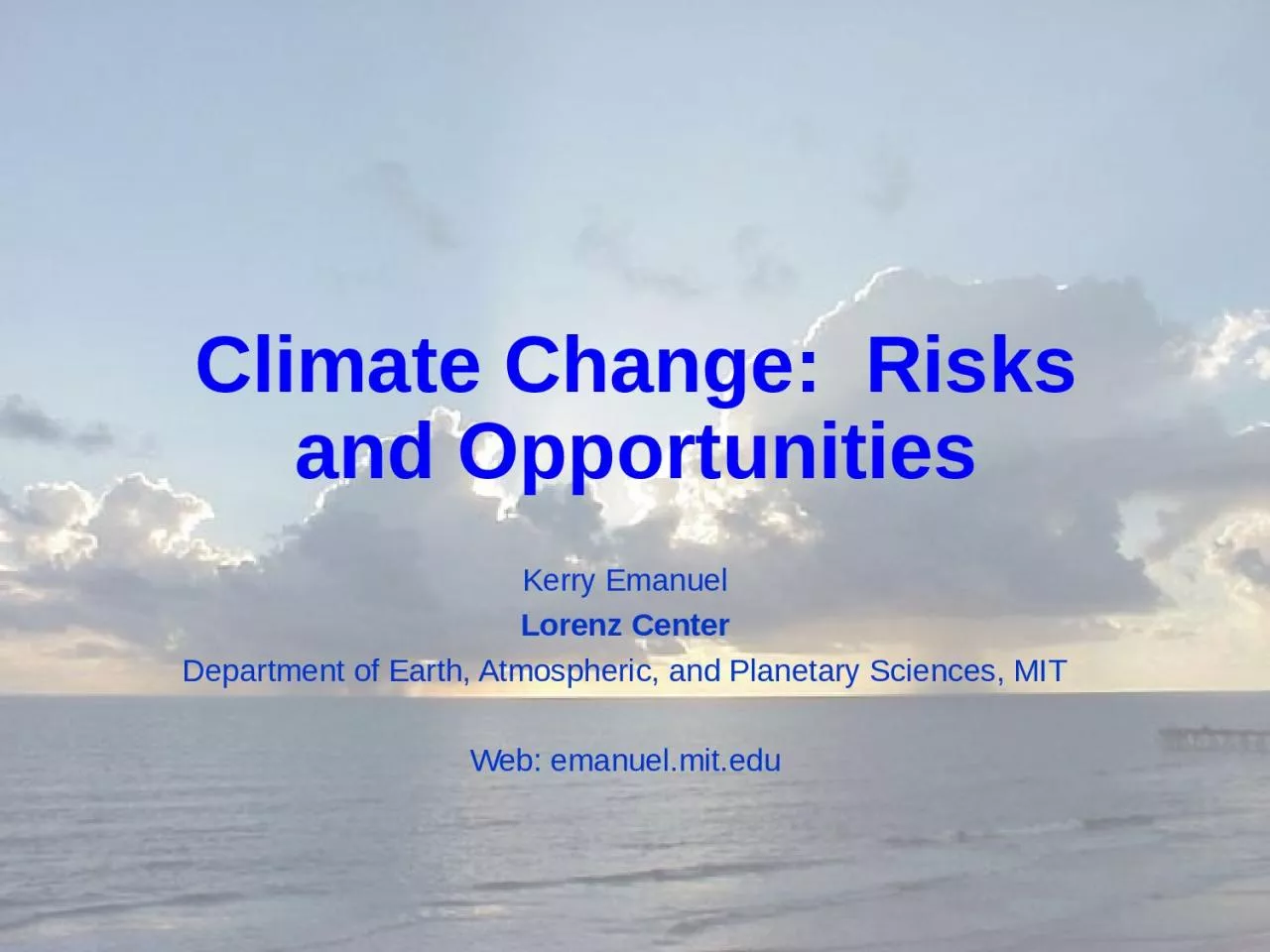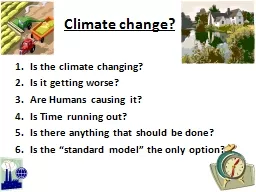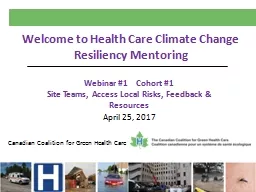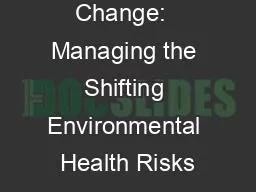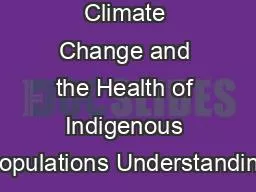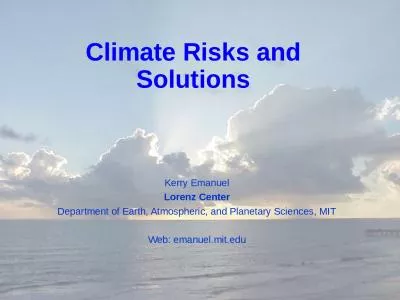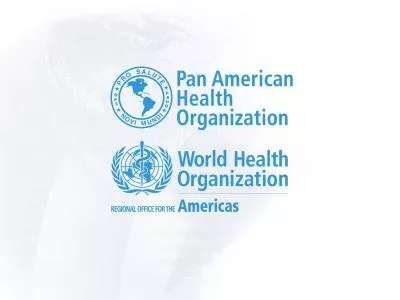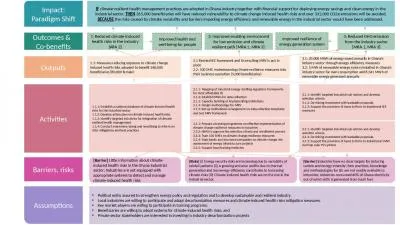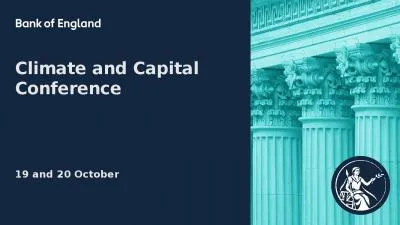PPT-Climate Change: Risks and Opportunities
Author : adah | Published Date : 2024-01-29
Kerry Emanuel Lorenz Center Department of Earth Atmospheric and Planetary Sciences MIT Web emanuelmitedu Summary of Main Points Earths climate is stable within
Presentation Embed Code
Download Presentation
Download Presentation The PPT/PDF document "Climate Change: Risks and Opportunities" is the property of its rightful owner. Permission is granted to download and print the materials on this website for personal, non-commercial use only, and to display it on your personal computer provided you do not modify the materials and that you retain all copyright notices contained in the materials. By downloading content from our website, you accept the terms of this agreement.
Climate Change: Risks and Opportunities: Transcript
Download Rules Of Document
"Climate Change: Risks and Opportunities"The content belongs to its owner. You may download and print it for personal use, without modification, and keep all copyright notices. By downloading, you agree to these terms.
Related Documents

